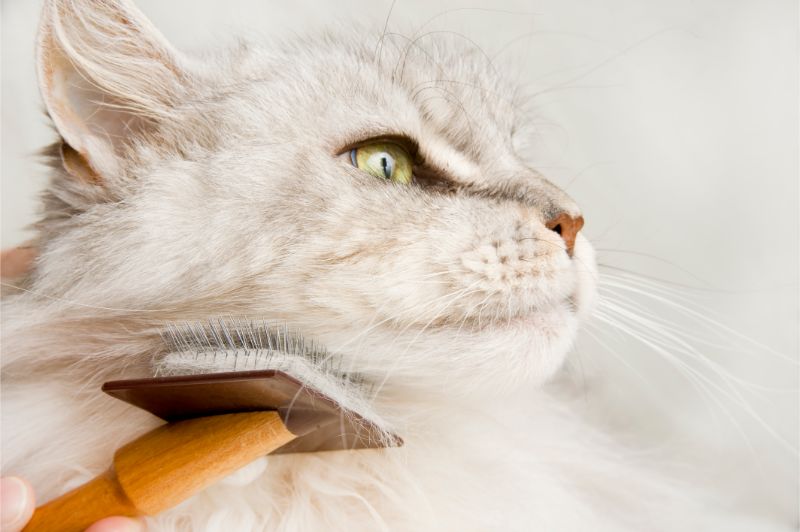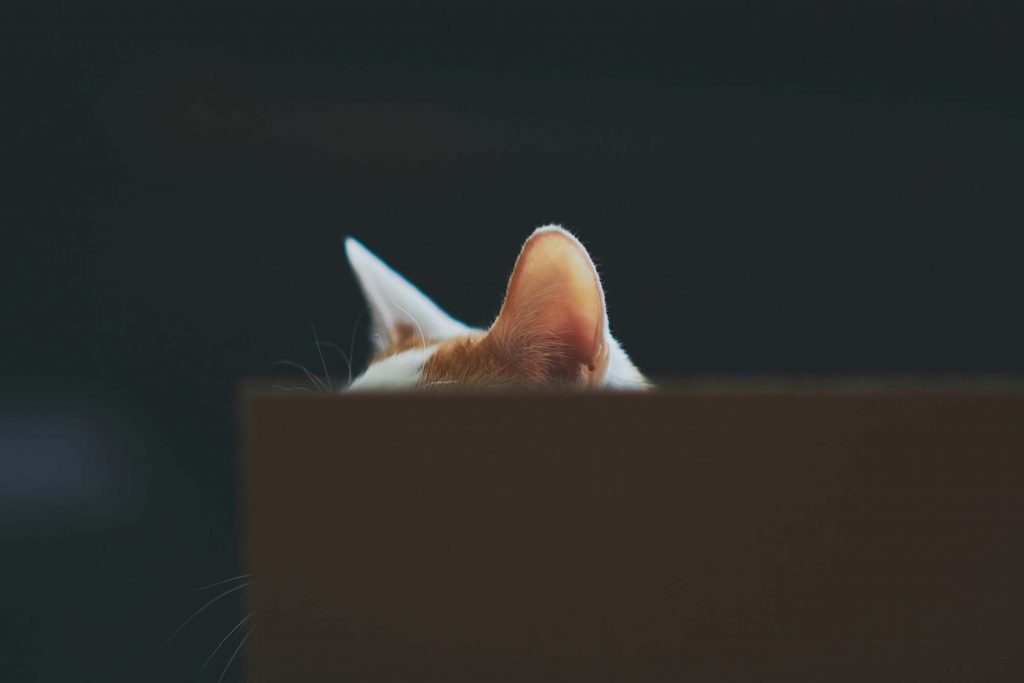Posts Tagged: Cat Health
Healthy and Clean: Why Home Cat Grooming is so Important

Cats are clean by nature. In fact, it can sometimes seem that your cat spends half its time washing its face and ears, smoothing down fur, cleaning out paw pads, and generally keeping him or herself beautiful.
Regardless of how well your cat takes care of itself, most cats can benefit from a little help. Home cat grooming can help you keep a close eye on your cat’s haircoat, skin, and nails, as well as decrease hairballs by removing loose fur. It can also help deepen the bond you share with your feline companion. Finally, home grooming can help ward off that dreaded visit (by your cat) to the groomer to correct matting and other problems that can result when regular maintenance needs are not addressed.
Continue…Cat Behavior Decoded: What Your Kitty Wants You to Know
 Few companion animals are as captivating as the wonderfully delightful housecat. Their beauty, grace, and mysterious nature draws us to them, even if they don’t always return our affection when or how we want them to. Cat behavior is certainly perplexing, but by making a concerted effort to deepen our understanding of their instincts and desires, we can improve our relationships with them and create happier, more harmonious lives together.
Few companion animals are as captivating as the wonderfully delightful housecat. Their beauty, grace, and mysterious nature draws us to them, even if they don’t always return our affection when or how we want them to. Cat behavior is certainly perplexing, but by making a concerted effort to deepen our understanding of their instincts and desires, we can improve our relationships with them and create happier, more harmonious lives together.
Cat Behavior: Body Language
Cat behavior can range from cute to puzzling to downright annoying. It can be challenging to interpret what our cats want, but paying attention to their body language can give us clues as to what they’re thinking. Cats tend to show their affection for humans through head butting, twitching their tails, or rubbing their cheeks or bodies against us. Meowing is generally reserved for communication with humans and may signal hunger, happiness, or a desire to play. Continue…



